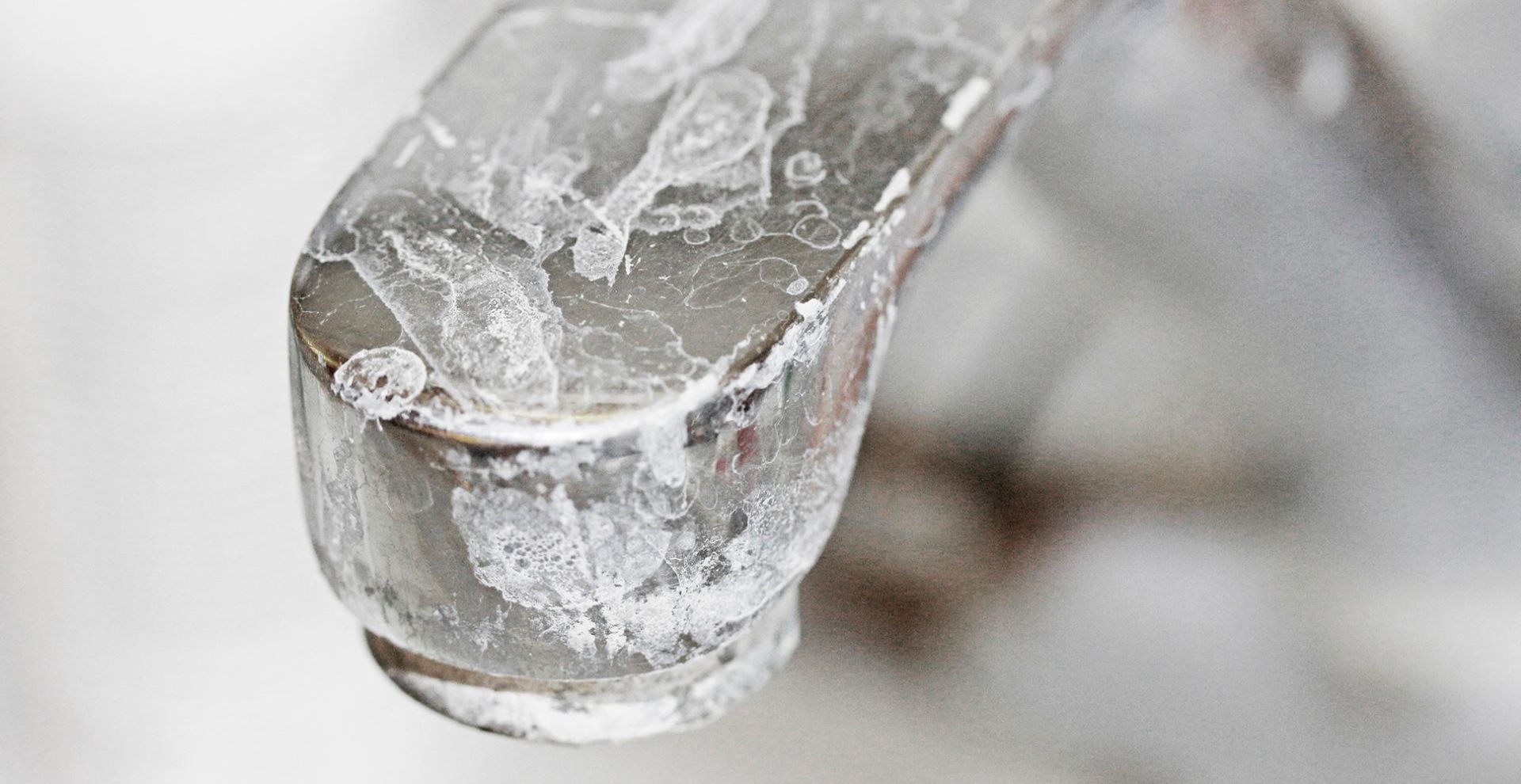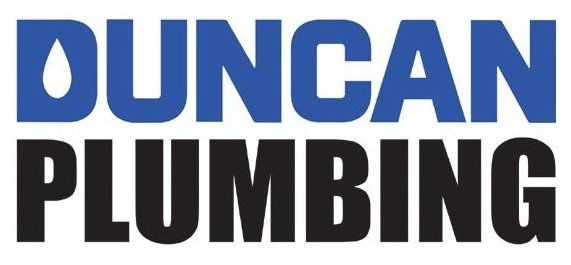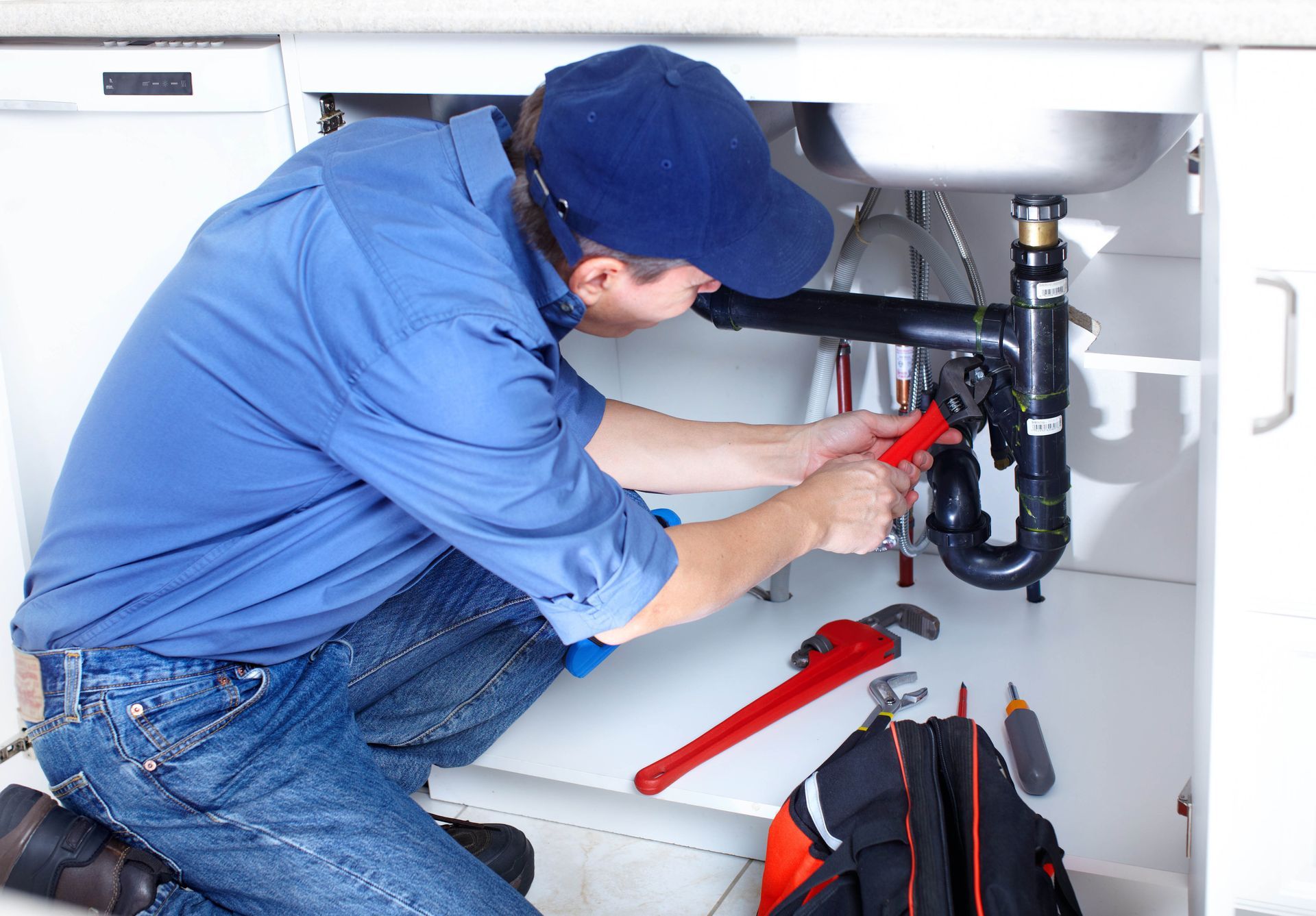Angie's List and NextDoor's Favorite: 2017 -2024
This is a subtitle for your new post
Have you heard someone say that there's a "belly" in your sewer line? You may not know exactly what they mean, but it's important to investigate the situation. A bellied pipe can cause serious problems for your sewage system, so don't ignore it. Learn more about what a belly in your sewer line means and how to fix the problem.
What is a sewer belly?
It is important to have a sewer line with a good slope that uses gravity to help regulate the flow. When they say you have a belly in your sewer line, it means there is a sag or low spot in the line. This can disrupt the normal flow of wastewater and lead to backups and other problems due to water collecting in that area.
What causes a sewer belly?
A sewer belly can be caused by several things. Poor installation of a new sewer line, corrosion due to age, tree root intrusion from nearby trees, and even shifting soils are all potential causes of a sewer belly. For the line to function properly, it needs to follow a consistent slope from one end to the other. When this isn’t possible due to any of the above-mentioned issues, then you will have a sag or low spot in your pipe that can cause major problems.
How do you diagnose?
By utilizing a sewer camera, plumbers can obtain a closer look at your entire sewer lateral and thus identify the issue with greater accuracy.
How do you fix a sewer belly?
If you suspect that you may have a sewer belly in your line, it is important to contact a professional plumber right away so they can diagnose the problem and recommend an appropriate solution. Every situation is different, and each plumbing company has its methods. So, even though there is no one correct way to repair a pipe, there are two ways to replace it. One option involves excavation/digging up the pipe and replacing the section that is sagging. The second method is trenchless digging. Once your plumber has been able to diagnose and fix your sewer belly problem, you should notice an improvement in wastewater flow throughout your home or business.
How to prevent sewer belly?
The best way to prevent a sewer belly is to ensure that your sewer line is installed properly and with the right amount of slope. Additionally, if you have any trees near your sewer lines, you should have them regularly inspected and root-treated so they do not cause any damage. Lastly, it’s important to invest in regular maintenance services from a professional plumber. This will help identify any small problems before they become larger and costlier ones.
What is the difference between sewer belly and channeling?
The difference between sewer belly and channeling is that a sewer belly is caused by poor installation or corrosion, whereas channeling is caused by internal erosion. A sewer belly occurs when there is a sag or low spot in the pipe where water can collect. This can disrupt the normal flow of wastewater and lead to backups and other problems. Channeling, on the other hand, occurs when there is an accumulation of debris or water at a low point inside the pipe due to erosion which can result in blockages. Both of these issues require professional plumbing services to diagnose and repair.
With proper care and preventive maintenance, you can avoid having to deal with a costly sewer belly repair job. If you think you may already have one or suspect there could be an issue on the horizon, don’t hesitate to contact Duncan Plumbing right away! We can help you diagnose the issue and recommend the best solution.






SERVING
and Surrounding Areas

HOURS
Hours:

CONTACT US
Master License # M-39624























Share On: